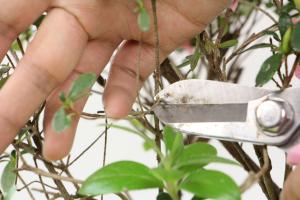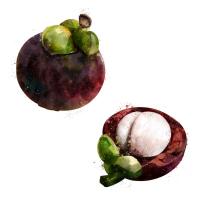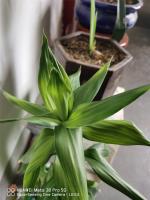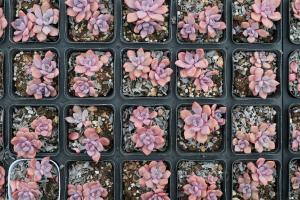Introduction
Plants are fundamental to life on Earth. They play a vital role in the oxygen-carbon dioxide cycle, which supports life on our planet. Plants have the unique ability to convert water and carbon dioxide into oxygen and sugar through a process known as photosynthesis.
What is Photosynthesis?
Photosynthesis is a natural process that occurs in plants, algae, and some bacteria. In this process, plants use energy from the sun to convert carbon dioxide and water into glucose (sugar) and oxygen. The entire process takes place in the chloroplasts of plant cells and is split into two stages: the light-dependent reactions and the light-independent reactions.
Light-Dependent Reactions
The first part of photosynthesis is the light-dependent reactions. In this stage, light energy is absorbed by pigments in the chloroplasts called chlorophyll. This energy is then used to convert water molecules into oxygen and hydrogen ions. The oxygen molecules are then released into the atmosphere as a byproduct, while the hydrogen ions are used in the next stage of photosynthesis.
Light-Independent Reactions
After the light-dependent reactions are complete, the hydrogen ions are used in the light-independent reactions. In this stage, carbon dioxide (CO2) is taken in from the atmosphere and combined with the hydrogen ions to create glucose. This process is also known as the Calvin cycle.
Plants and Oxygen Production
Plants are the primary source of oxygen in our atmosphere. During photosynthesis, plants release oxygen as a byproduct of the conversion of water molecules. The oxygen produced by plants is essential for the survival of all living organisms on Earth. Without it, humans and other animals would not be able to breathe, and life on our planet would cease to exist.
Conclusion
In summary, plants are vital to life on Earth because they have the unique ability to convert water and carbon dioxide into oxygen and sugar through photosynthesis. Photosynthesis occurs in two stages: the light-dependent reactions and the light-independent reactions (Calvin cycle). The oxygen produced during photosynthesis is essential for the survival of all living organisms on Earth. Knowing how plants convert water to oxygen is crucial as we continue to study the impact of climate change on our planet's ecosystems.

 how many times do yo...
how many times do yo... how many planted tre...
how many planted tre... how many pine trees ...
how many pine trees ... how many pecan trees...
how many pecan trees... how many plants comp...
how many plants comp... how many plants can ...
how many plants can ... how many plants and ...
how many plants and ... how many pepper plan...
how many pepper plan...
































